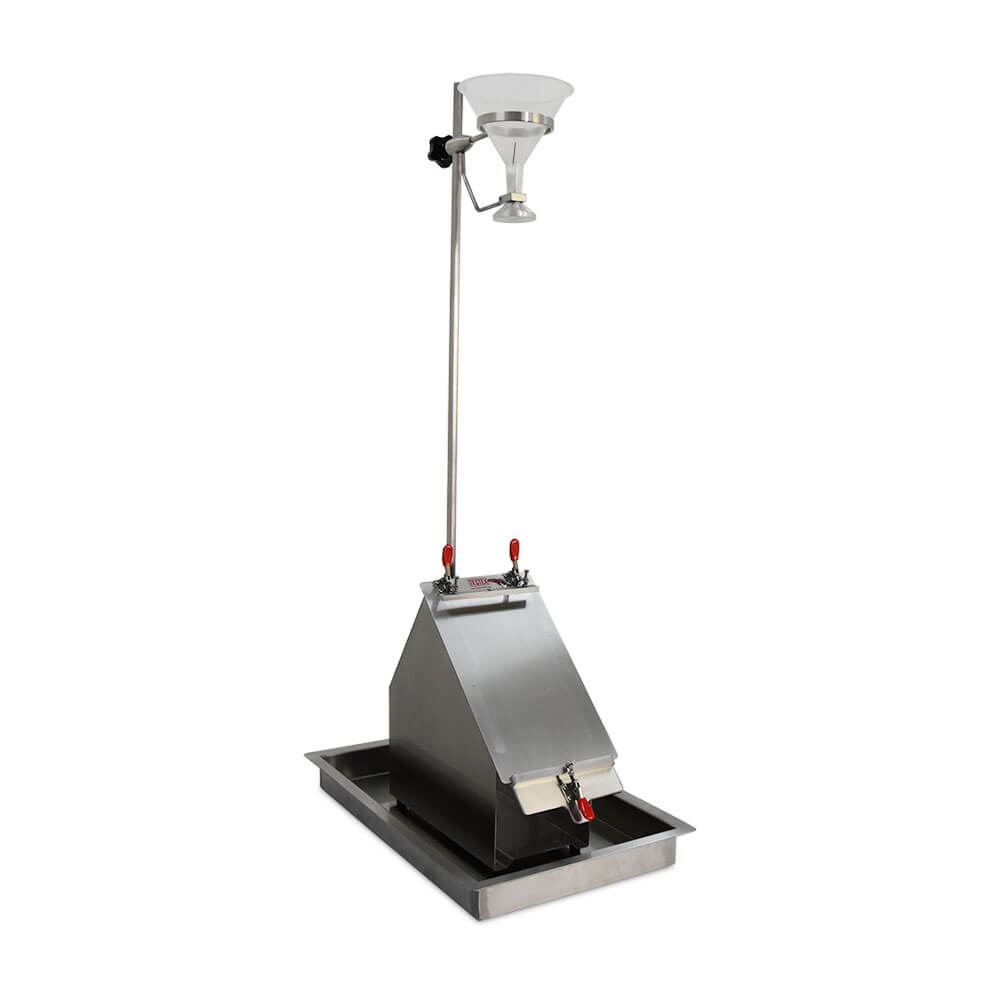Reverse Engineering for Penetration Testers

Reverse engineering is the process of analyzing a software system to identify its internal structure, dependencies, and functionality. This process can be used by penetration testers to better understand the vulnerabilities of a system and to develop effective exploits.

There are many different approaches to reverse engineering, but the most common technique is disassembly. Disassembly involves converting the machine code of a software system into a human-readable assembly language. This can be done using a variety of tools, including debuggers, disassemblers, and assembly language decompilers.

Once the software system has been disassembled, the penetration tester can examine the assembly code to identify potential vulnerabilities. These vulnerabilities can include buffer overflows, stack overflows, and format string vulnerabilities.
In addition to identifying vulnerabilities, reverse engineering can also be used to develop exploits. Exploits are programs that take advantage of vulnerabilities in a software system in order to gain access to the system or to execute unauthorized code.
Reverse engineering is a complex and time-consuming process, but it can be a very rewarding one. By understanding the internal structure of a software system, penetration testers can better identify and exploit vulnerabilities.
Here are some of the benefits of reverse engineering for penetration testers:
- Identifying vulnerabilities: Reverse engineering can help penetration testers to identify vulnerabilities in a software system that would not be apparent from simply looking at the source code.
- Developing exploits: Reverse engineering can be used to develop exploits that take advantage of vulnerabilities in a software system.
- Understanding the system: Reverse engineering can help penetration testers to better understand the internal structure of a software system, which can be helpful for both attacking and defending the system.
Overall, reverse engineering is a powerful tool that can be used by penetration testers to improve their understanding of software systems and to develop more effective exploits.## Reverse Engineering For Penetration Testers
Executive Summary
Reverse engineering is the process of taking a software or hardware product and analyzing it to create a design or blueprint of the product. This process can be used by attackers to find vulnerabilities in software or hardware products. Penetration testers can use reverse engineering to identify vulnerabilities in software or hardware products that can be exploited to gain unauthorized access to a system.
Introduction
Reverse engineering is a powerful technique that can be used by penetration testers to find vulnerabilities in software or hardware products. By understanding the design of a product, attackers can identify weaknesses that can be exploited to gain unauthorized access to a system.
FAQ
What is reverse engineering?
Reverse engineering is the process of taking a software or hardware product and analyzing it to create a design or blueprint of the product.
Why is reverse engineering important?
Reverse engineering can be used by attackers to find vulnerabilities in software or hardware products. Penetration testers can use reverse engineering to identify vulnerabilities in software or hardware products that can be exploited to gain unauthorized access to a system.
How can I learn reverse engineering?
There are many resources available online that can help you learn reverse engineering. There are also many books and courses that can teach you the basics of reverse engineering.
Top 5 Subtopics
1. Reverse Engineering Techniques
Several different reverse engineering techniques can be used to analyze software or hardware products. Some of the most common techniques include:
- Static analysis– Static analysis involves examining the code of a software product without executing it. This analysis can be used to identify vulnerabilities in the code that could be exploited by attackers.
- Dynamic analysis– Dynamic analysis involves running a software product and monitoring its behavior.
2. Reverse Engineering Tools
Several different reverse engineering tools are available to help attackers analyze software or hardware products. Some of the most common tools include:
- IDA Pro– IDA Pro is a commercial-grade reverse engineering tool that can be used to analyze software written in various programming languages.
- Ghidra– Ghidra is a free and open-source reverse engineering tool developed by the National Security Agency (NSA).
- Radare2– Radare2 is a free and open-source reverse engineering framework that can be used to analyze software and hardware products.
2. Reverse Engineering for Vulnerability Assessment
Reverse engineering can be used for vulnerability assessment to identify vulnerabilities in software or hardware products. By understanding the design of a product, attackers can identify weaknesses that can be exploited to gain unauthorized access to a system.
4. Reverse Engineering for Malware Analysis
Reverse engineering can be used to analyze malware to understand how it works and how to protect against it. By analyzing the code of malware, attackers can identify its vulnerabilities and develop countermeasures.
5. Reverse Engineering for Exploit Development
Reverse engineering can be used to develop exploits that can be used to exploit vulnerabilities in software or hardware products. By understanding the design of a product, attackers can develop exploits that can bypass security measures and gain unauthorized access to a system.
Conclusion
Reverse engineering is a powerful technique that can be used by penetration testers to find vulnerabilities in software or hardware products. By understanding the design of a product, attackers can identify weaknesses that can be exploited to gain unauthorized access to a system.
Top 5 Tags
- Reverse Engineering
- Penetration Testing
- Vulnerability Assessment
- Malware Analysis
- Exploit Development
